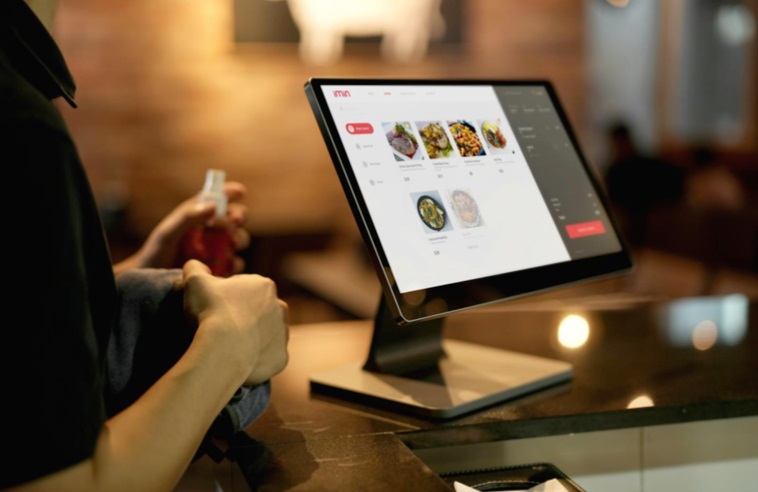In today’s competitive restaurant landscape, data is the new gold. Point-of-sale (POS) systems are no longer just tools for processing transactions; they’re powerful data hubs that can provide invaluable insights into your restaurant’s operations, customer behavior, and overall profitability. By strategically analyzing this data, restaurants can make informed decisions that drive efficiency, improve the customer experience, and boost the bottom line.
Optimizing Menu Performance with POS Insights
One of the most significant ways restaurants can leverage POS data is to optimize their menu. POS systems track the popularity of each menu item, allowing you to identify bestsellers and underperformers. This data can be used to refine your menu by highlighting popular items, strategically pricing dishes based on demand, and even removing items that aren’t generating enough revenue. For instance, if a specific appetizer consistently sells well during happy hour, you might consider offering it at a reduced price during other times of the day to increase its overall popularity. Furthermore, POS data can reveal seasonal trends, enabling you to adjust your menu accordingly and introduce new dishes that align with customer preferences.
Boosting Staffing Efficiency Through Data Analysis
Efficient staffing is crucial for controlling labor costs, a significant expense for most restaurants. POS data can provide valuable insights into peak hours and days of the week, enabling you to schedule staff more effectively. By analyzing transaction volumes over time, you can identify periods when you need more servers, bartenders, or kitchen staff. This prevents overstaffing during slow periods and ensures that you have adequate coverage during busy times, leading to improved customer service and reduced labor costs. Some POS systems even integrate with labor management software, further streamlining the scheduling process and improving employee productivity. The best software for restaurant reporting and analysis is essential here.
Enhancing Customer Retention with Personalized Experiences
POS systems also collect data about customer behavior, such as order frequency, preferred menu items, and spending habits. This information can be used to personalize the customer experience and foster loyalty. By integrating your POS system with a customer relationship management (CRM) platform, you can create targeted marketing campaigns and offer personalized promotions based on individual customer preferences. For example, you could send a birthday discount to a loyal customer or offer a free appetizer to someone who frequently orders a specific entree. These personalized touches can significantly enhance customer satisfaction and encourage repeat business.
Unlocking Reporting Capabilities for Strategic Growth
Beyond menu optimization, staffing efficiency, and customer retention, POS systems offer a wide range of reporting capabilities that can help you make strategic decisions about your business. You can generate reports on sales trends, inventory levels, payment methods, and much more. These reports provide a comprehensive overview of your restaurant’s performance, enabling you to identify areas for improvement and make data-driven decisions about everything from marketing strategies to purchasing decisions. By regularly analyzing these reports, you can stay ahead of the curve and ensure that your restaurant is constantly evolving to meet the changing needs of your customers and the market.


